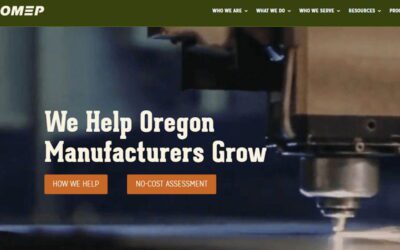The new revision of AS9100 / 9110 /8120 clause 8.1.4 Counterfeit Part Prevention states “the organization shall plan, implement and control a process appropriate to the product that prevents the use of counterfeit product and either inclusion in product(s) delivered to the customer.”
In addition, this requirement affects several other of the new clauses: 8.4.2 Control of external providers, 8.4.3 Information to external providers and 8.7 Nonconformities.
Like many of the other “new” requirements, they originate from existing quality requirements that have now found their way into specific new clauses of the AS standards. In this case, it was the May 2014 Department of Defense final rule on the detection and avoidance of counterfeit electronic parts in the supply chain that provides the foundation. The rule generated considerable attention from the electronics industry.
By including the requirements in the AS quality management standards acknowledge the emerging statutory and regulatory requirements developed to mitigate the growing threat of counterfeit and fraudulent product. The AS requirement is modeled on DFAR 7007, the DOD rule issued in 2014.
The AS9100 defines counterfeit product as “An unauthorized copy, imitation, substitute, or modified part, which is knowingly misrepresented as a specified genuine part of an original or authorized manufacturer. NOTE: Examples of a counterfeit part (e.g., material, part, component) can include, but are not limited to, the false identification of marking or labeling, grade, serial number, date code, documentation, or performance characteristics.”
One of the much talked about changes in ISO 9001:2015 is that it no longer requires specific procedures. The AS quality management standards add back in some specific required documented information, including a procedure to addresses clause 8.7 Control of nonconforming outputs.
The new AS9100 / 9120 clause on nonconforming product requires “counterfeit, or suspect counterfeit, parts shall be controlled to prevent reentry into the supply chain.” AS9110 requires “Unsalvageable and counterfeit parts shall be conspicuously and permanently marked, or positively controlled, until physically rendered unusable to prevent restoration.”
The standards adopt the methods defined in DFAR 7007 to address prevention, detection and control of counterfeit products and this is what AS9100 organizations need to do to implement the requirements:
- Train appropriate personnel in the awareness and prevention of counterfeit product including:
- Purchasing personnel to select trusted sources and flow down requirements.
- Inspection personnel to inspect and test for prevention of counterfeit items.
- Design personnel need to address obsolescence in the product life cycle. Design decisions and part selections must be appropriate to the service life of the product.
- Apply a parts obsolescence monitoring program;
- Implement procurement controls:
- Ensure parts are sourced from original manufacturers (OEM), authorized distributors, or other approved sources that can provide traceability of parts and components to their original manufacturers;
- Implement verification and test methods to detect counterfeit product at the source and receiving;
- Monitor counterfeit product reporting from external sources, i.e. access to databases, information letters from OEMs.
- Quarantine and report suspect or detected counterfeit product through appropriate government and industry reporting systems. This requires determining the responsibilities in the escalation process and establishing the process to follow to report to authorities / customers.
Presentations from the workshop are available now on the AAQG website.
Looking for quality management system support? We can help. Reach out for a no-cost assessment.
About the authors:
Tristan Buser-Molatore and Marcia Buser are preferred providers for OMEP specializing in implementing and auditing quality management systems for ISO 9001, AS9100 and ISO 13485.



